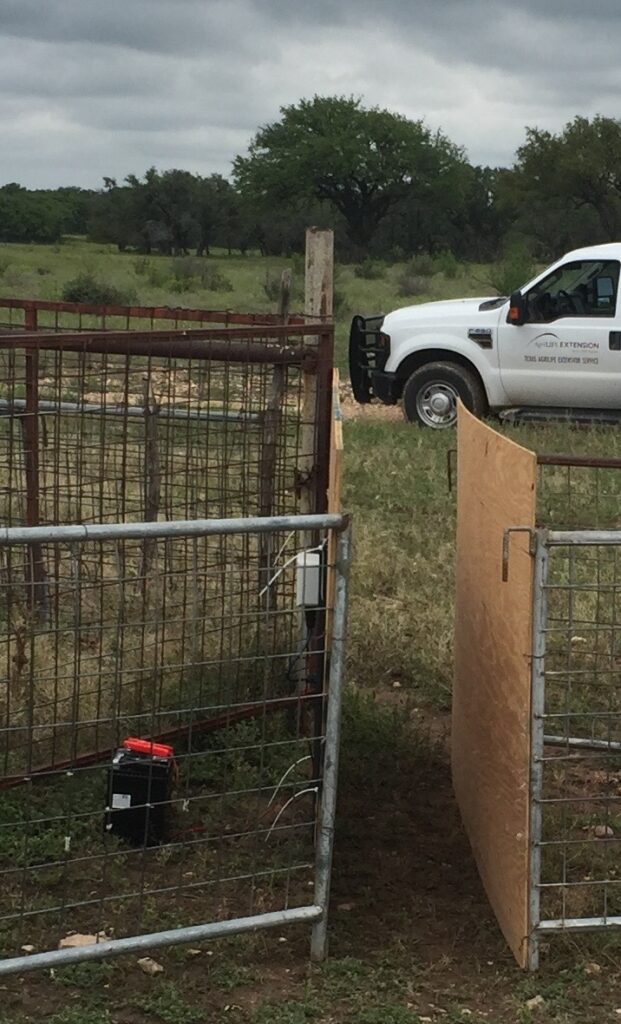AgriLife eyes ways to match offspring with their dams using new producer-friendly technologies

Writer: Steve Byrns, 325-653-4576, [email protected]
Contact: Dr. Reid Redden, 325-653-4576, [email protected]
SAN ANGELO – The age-old problem of matching ewes with their offspring is getting some help from modern technology, said a Texas A&M AgriLife Extension Service expert.
“For a sizeable group of animals, matching lambs with their mothers can turn into a logistical and economic nightmare,” said Dr. Reid Redden, AgriLife Extension state sheep and goat specialist at San Angelo. “The practice requires time, facilities and added feed costs. Plus, the animals are often in an unfamiliar environment very dissimilar to their normal pasture setting. All of this adds stress to the animals.”

Redden said matching ewes and does with their lambs or kids has long been an arduous, often frustrating task.
“Texas has the potential to greatly increase the lamb and kid crop by selection of twin-born and reared offspring,” he said. “Unfortunately, most replacement lambs and kids are selected without this information, which has halted progress in reproductive efficiency.”
Redden said parentage is imperative for the serious livestock breeder seeking to make genetic improvement within their flocks and herds. Parentage is possibly even more important for the seedstock breeder who sells to others based on his or her credibility and that of their animals.
Traditionally, ranchers wanting to determine their animals’ parentage would bring females into small areas during the lambing and kidding period to match up offspring with their dams at birth or very soon thereafter.
Two vastly different technologies are now within easy reach of most producers. The technologies can turn a chore into something the animals tend to themselves in one method or into a simple one-time procedure in the other, Redden said.